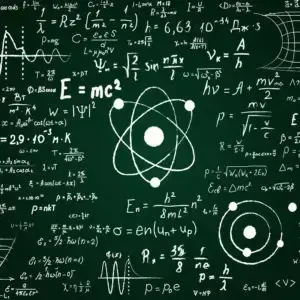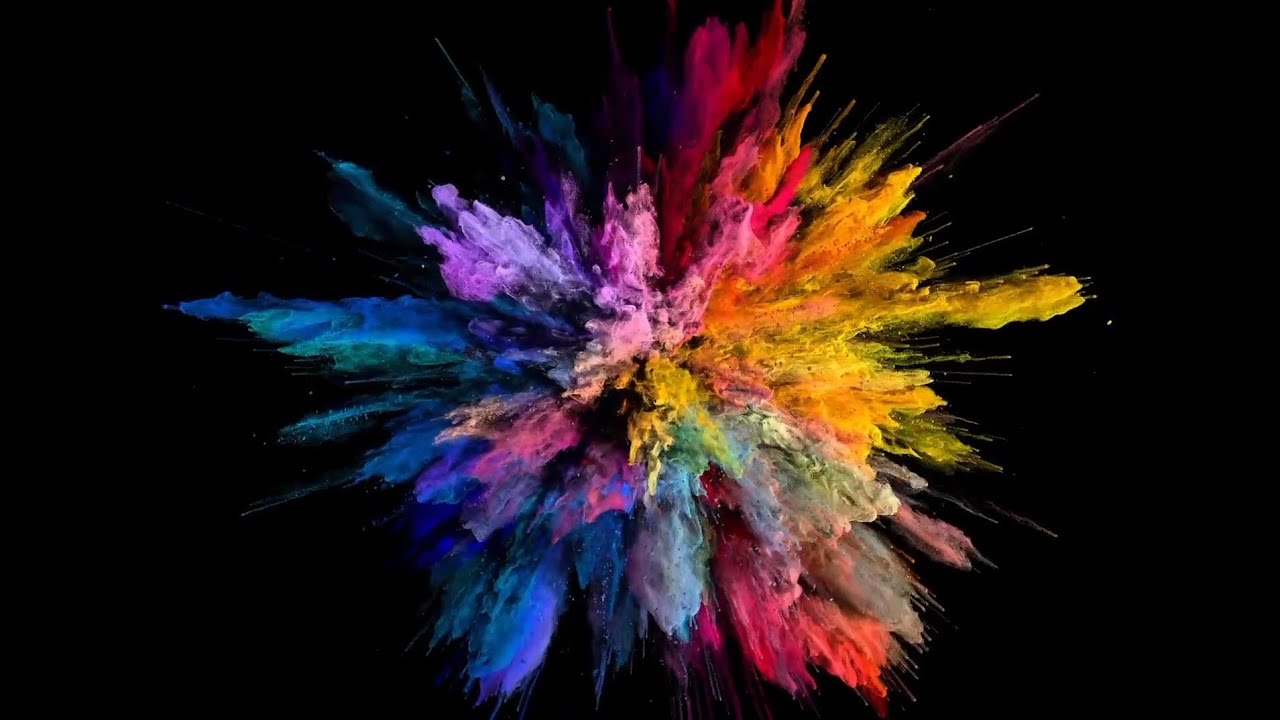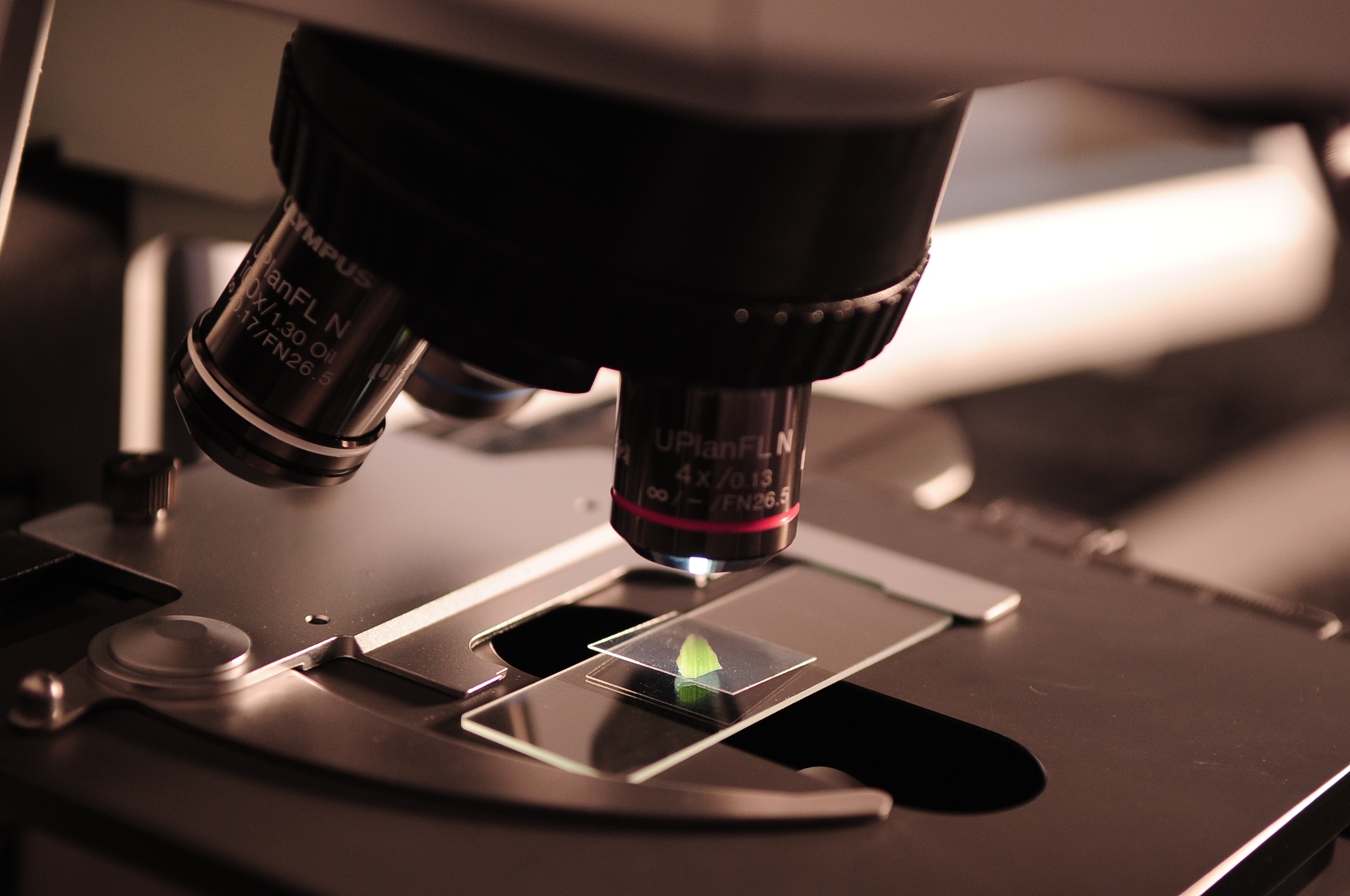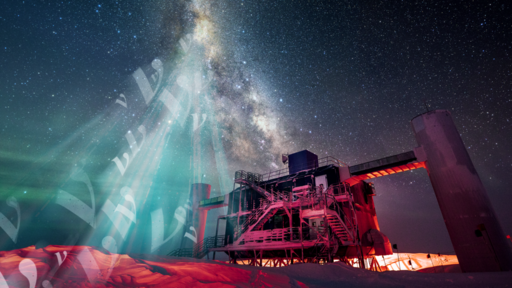

my attempt is to balance the perspective of what has become polemic, faith-based scientific dogma completely divorced from fact with some kind of reality-based reasoning and investigation.
I believe this reveals a real lack of understanding of how modern science is done. I’ve heard similar complaints about scientists being blinded by orthodoxy from anti-vaxxers, climate change deniers, and from people promoting their alternate models of physics (e.g. “everything is made of photons”). In every case the complaint is based on their own ideological blindness, misunderstanding of the science, or both.
The idea that scientists are unwilling to interrogate modern theories or entertain alternatives is ridiculous. The most interesting results aren’t those that reaffirm the standard model or expectations, it’s those that are in conflict with our best understanding of reality. These are the observations and theories that reveal new physics. This is the stuff of Nobel prizes.
Searches for physics beyond the standard model are commonplace; physics conferences generally have at least a few sections devoted to them. There are large collaborations doing experiments that search for physics that’s inconsistent with the standard model, for example searches for neutrinoless double beta decay or the neutron electric dipole moment.
Even experiments that ultimately reaffirm the standard model began as attempts to interrogate it and discover things that challenge it. At the LHC, Atlas and CMS both observed the Higgs boson and found its properties were consistent with the standard model. If you talk with any of the physicists involved, they were actually disappointed that no new physics was observed. This was the most boring possible result.
























“Thank you for your answer to my first question. Could you please also address questions 2 and 3?”
At least by numbering the questions you make it easier to re-ask them.